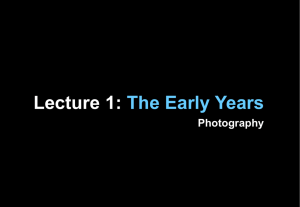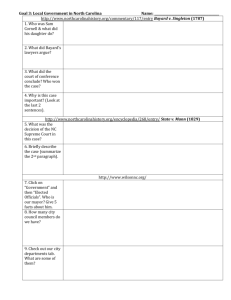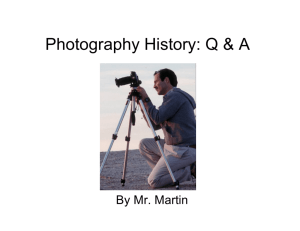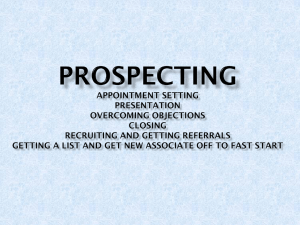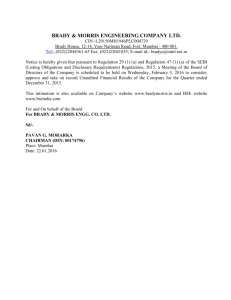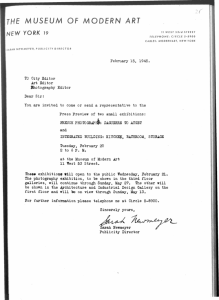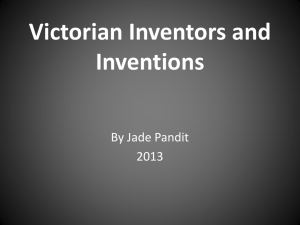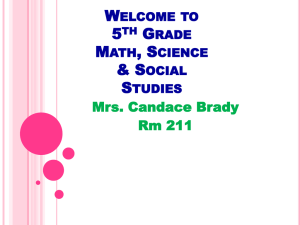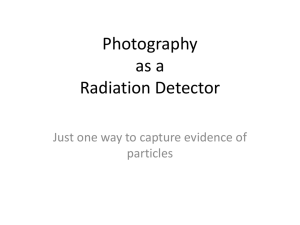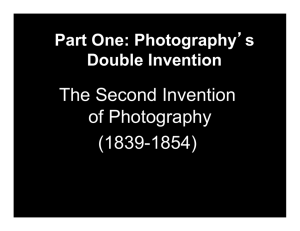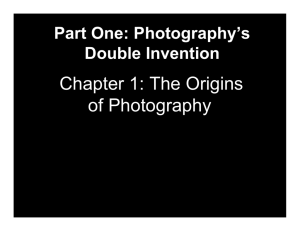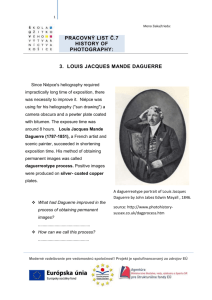Photo 1 History of Photography Exam #1 Study
advertisement
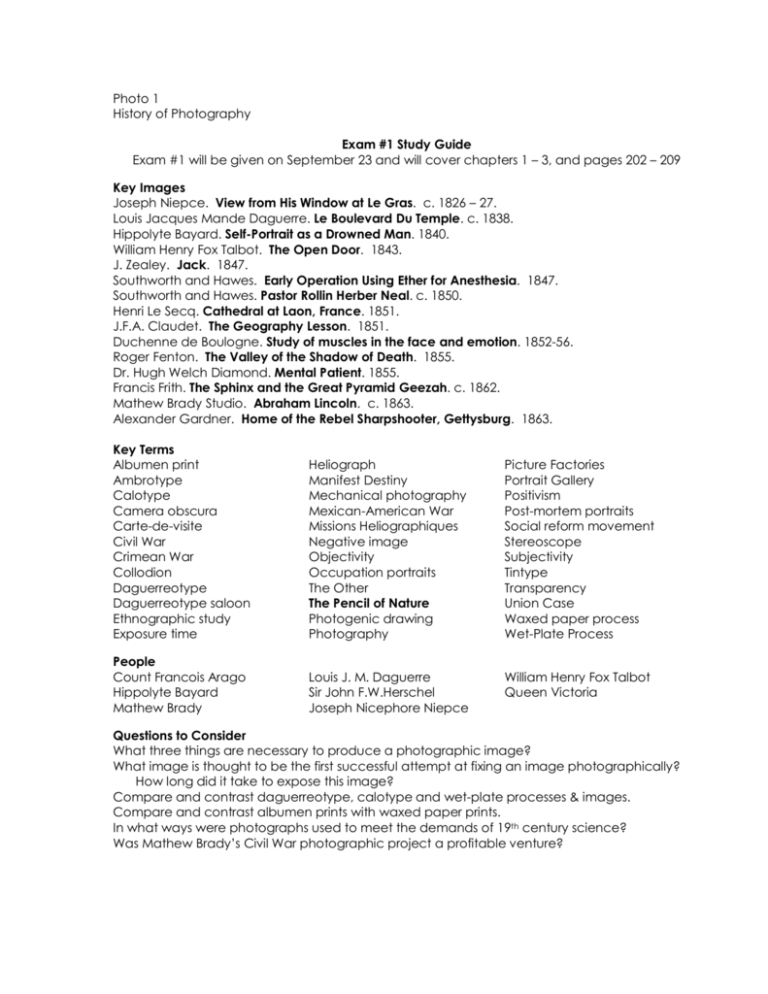
Photo 1 History of Photography Exam #1 Study Guide Exam #1 will be given on September 23 and will cover chapters 1 – 3, and pages 202 – 209 Key Images Joseph Niepce. View from His Window at Le Gras. c. 1826 – 27. Louis Jacques Mande Daguerre. Le Boulevard Du Temple. c. 1838. Hippolyte Bayard. Self­Portrait as a Drowned Man. 1840. William Henry Fox Talbot. The Open Door. 1843. J. Zealey. Jack. 1847. Southworth and Hawes. Early Operation Using Ether for Anesthesia. 1847. Southworth and Hawes. Pastor Rollin Herber Neal. c. 1850. Henri Le Secq. Cathedral at Laon, France. 1851. J.F.A. Claudet. The Geography Lesson. 1851. Duchenne de Boulogne. Study of muscles in the face and emotion. 1852­56. Roger Fenton. The Valley of the Shadow of Death. 1855. Dr. Hugh Welch Diamond. Mental Patient. 1855. Francis Frith. The Sphinx and the Great Pyramid Geezah. c. 1862. Mathew Brady Studio. Abraham Lincoln. c. 1863. Alexander Gardner. Home of the Rebel Sharpshooter, Gettysburg. 1863. Key Terms Albumen print Ambrotype Calotype Camera obscura Carte­de­visite Civil War Crimean War Collodion Daguerreotype Daguerreotype saloon Ethnographic study Exposure time Heliograph Manifest Destiny Mechanical photography Mexican­American War Missions Heliographiques Negative image Objectivity Occupation portraits The Other The Pencil of Nature Photogenic drawing Photography Picture Factories Portrait Gallery Positivism Post­mortem portraits Social reform movement Stereoscope Subjectivity Tintype Transparency Union Case Waxed paper process Wet­Plate Process People Count Francois Arago Hippolyte Bayard Mathew Brady Louis J. M. Daguerre Sir John F.W.Herschel Joseph Nicephore Niepce William Henry Fox Talbot Queen Victoria Questions to Consider What three things are necessary to produce a photographic image? What image is thought to be the first successful attempt at fixing an image photographically? How long did it take to expose this image? Compare and contrast daguerreotype, calotype and wet­plate processes & images. Compare and contrast albumen prints with waxed paper prints. In what ways were photographs used to meet the demands of 19th century science? Was Mathew Brady’s Civil War photographic project a profitable venture?
